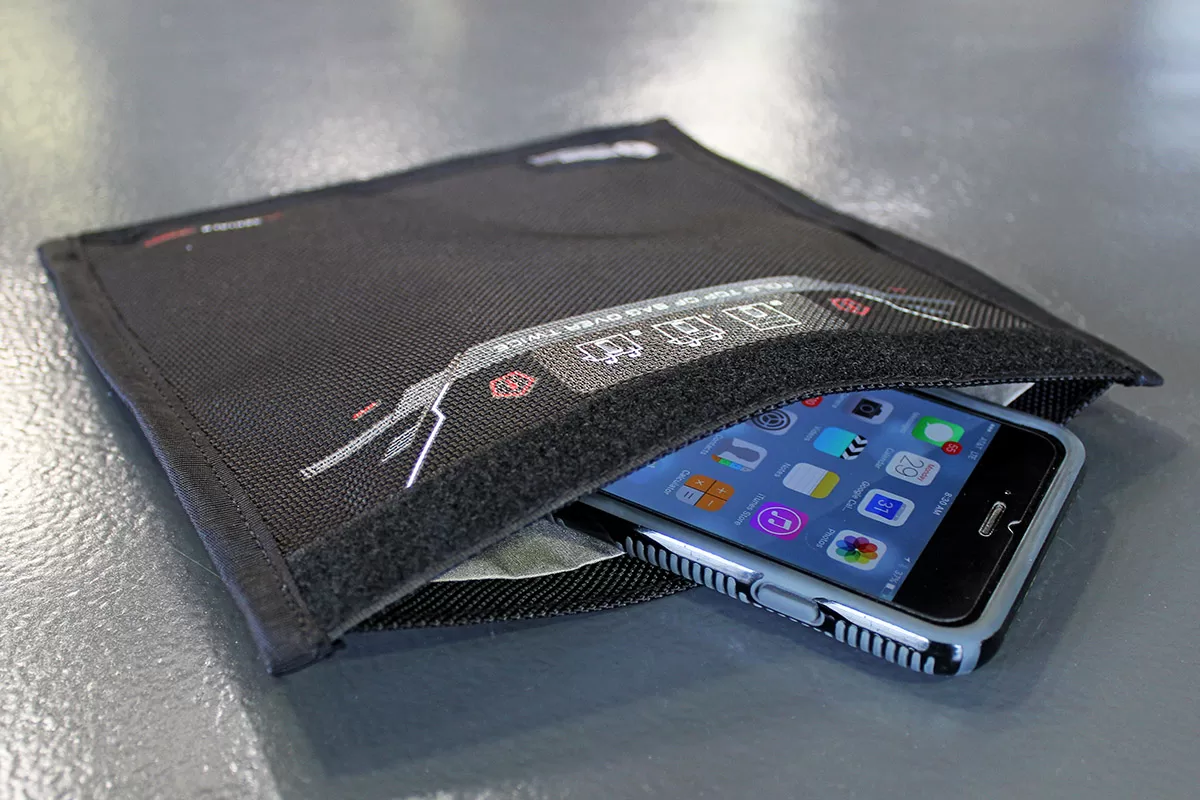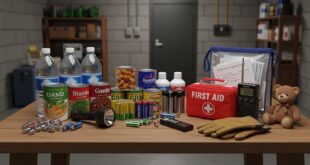The Best EMP Proof Gear for Your Survival Kit
The threat of an electromagnetic pulse is one of the most overlooked dangers facing modern society. Whether caused by a massive solar flare or a nuclear detonation in the atmosphere, an EMP can cripple power grids, destroy sensitive electronics, and bring life as we know it to a sudden standstill. While some dismiss the idea as a niche concern, history and science tell a different story. The Carrington Event of 1859 was a natural solar storm strong enough to set telegraph lines on fire, and the networked technology we depend on today is far more vulnerable than nineteenth century equipment. For background on the science behind major solar storms, see NASA’s archived coverage.
For the unprepared, an EMP could erase digital communication, disable vehicles, and leave homes without heat, light, or running water. For the prepared, it becomes another challenge met with foresight and skill. That preparation starts with selecting the right EMP proof gear for your survival kit and knowing how to store it so it still works when the lights go out.
“The nation that fails to prepare for an EMP is a nation that has prepared to fail.” – Dr. Peter Vincent Pry, former Chief of Staff of the Congressional EMP Commission
Understanding the EMP threat
An EMP is a burst of electromagnetic energy capable of damaging or destroying electronic devices and electrical infrastructure. This burst can be caused by natural phenomena such as a solar flare or by man made events like the detonation of a nuclear weapon high in the atmosphere. The range of disruption can span hundreds to thousands of miles, affecting entire regions in an instant.
The Department of Homeland Security has warned that EMPs are a credible national risk, and their public materials underscore the need for resilience planning. You can review DHS information starting here.
An EMP can damage microchips, silence communications, and collapse the systems that support food delivery, banking, and medical care. The takeaway is simple. Assume electronics that are not protected may fail, and plan around that reality.
Faraday cages and bags
The cornerstone of EMP protection is the Faraday cage, an enclosure made of conductive material that blocks electromagnetic fields. Small devices such as radios, GPS units, flash drives, and external hard drives can be stored in Faraday bags, which are portable pouches lined with conductive fabric. Larger items can be protected inside metal trash cans with tight fitting lids, lined with cardboard or foam so the device does not touch bare metal.

You can test your container by placing a working phone inside and attempting to call it. If it does not ring, the enclosure is blocking signals. Commercial bags are widely available. Mission Darkness publishes test rated Faraday bags in multiple sizes suitable for phones, tablets, and radios. Browse examples here.
For a budget option, use new metal paint cans with unused lids and a cardboard liner. Label each can clearly so you can grab the right item fast when you need it.
EMP hardened communications
After an EMP, communication becomes the difference between isolation and coordination. Handheld amateur radios, CB radios, and some ruggedized commercial or military grade transceivers can be stored in Faraday protection so they are ready when needed. Learn to use them now rather than later.
The American Radio Relay League offers clear training paths and practice exams for entry level licensing. Start here to learn how to get legal and effective with handheld radios that can reach across towns and counties when phones are dead.
A compact shortwave receiver stored in a Faraday bag can also be invaluable. It allows you to receive regional and international broadcasts for news and weather when local infrastructure is down.
Solar power systems with EMP protection
Power generation after an EMP is critical. Solar panels themselves are usually tolerant of EMP, but charge controllers, inverters, and battery management systems can be vulnerable. Storing spare controllers and a compact portable solar kit in a Faraday container gives you a way to recharge radios, lights, and small devices even if your main system fails.
Portable power brands that many preppers use include Goal Zero and Jackery. If you decide to keep a small kit on standby, store the control electronics inside a Faraday bag or can until needed. You can explore product families here: Goal Zero and Jackery.
Keep a small multimeter in protection as well so you can troubleshoot and confirm voltage and polarity when you set up in the field.
EMP resistant vehicles and generators
Modern vehicles rely heavily on electronic control modules, which makes them vulnerable to EMP induced damage. Older vehicles from the mid 1980s and earlier have fewer sensitive components and are considered more resilient. If you run a generator, prefer simpler designs and keep spare ignition parts, voltage regulators, and a manual pull start kit where possible. Critical spares can live in a small Faraday can alongside your radios.
For a technical overview of the risk and mitigation options, the EMP Commission reports remain useful reading. A widely circulated volume can be downloaded here.
Remember that fuel quality and safe storage matter as much as electronics. Stabilize gasoline for longer storage and rotate stocks. Store fuel away from living spaces and heat sources and follow local laws.
Lighting and off grid essentials
Light is morale and safety. Keep several LED flashlights, headlamps, and compact lanterns in Faraday bags along with spare batteries sealed in original packaging. Even if the lights survive, the chargers for rechargeable cells may not, so primary batteries or protected chargers give you options. Hand crank lights and hand crank radios remain useful because they are independent of batteries and outlets.
Many core survival tools are EMP proof by nature and deserve a place in every kit. Water purification tablets and filters, gravity feed bags, steel cookware, manual can openers, fixed blade knives, multitools, and sturdy hand tools do not care about pulses or outages. The more you rely on simple gear, the more resilient your plan becomes when complex systems fail.
Build a small paper binder that lists where each protected item is stored. When stress is high, a simple checklist keeps you from tearing apart bags and boxes looking for one radio or a crucial cable.
Practice and readiness
Owning EMP proof gear is not enough. You must know where it lives, how to deploy it fast, and how to operate it under pressure. A real event will not give you time to read a manual by candlelight while neighbors are already coordinating by radio.
Schedule a quarterly drill. Open the Faraday containers, inventory your radios and spare parts, power up the solar kit, check cables, and run a light and charge cycle. Replace any batteries that are aging out. Confirm that your printed frequency lists, contact trees, and local emergency channels are current. Then seal everything back up with a dated note so you know the last time it was tested.
Preparation turns a frightening scenario into a solvable problem. The goal is not to protect every gadget you own. The goal is to protect the small set of items that restore information, light, and limited power so you can rebuild capability while others sit in the dark.
 Survive Our Collapse Building Self-Reliance in an Uncertain World
Survive Our Collapse Building Self-Reliance in an Uncertain World




